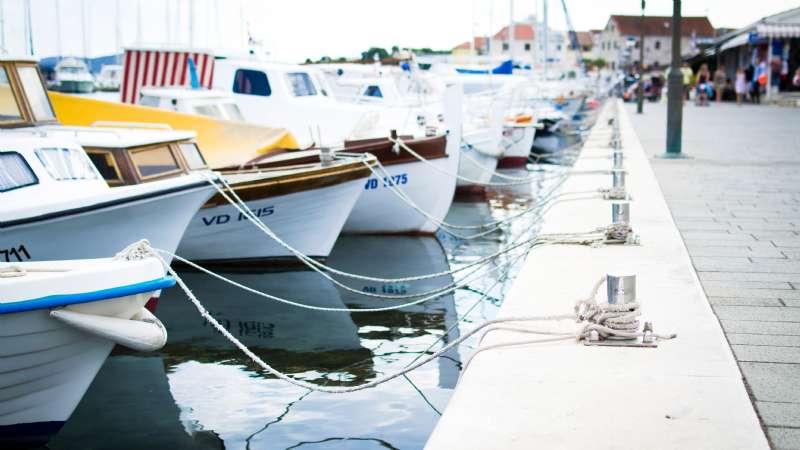Docking and Departure of Boats
Berthing Process
We start by giving detailed information about berthing and lifting of boats. First of all, the docking process should be done very slowly and carefully. Since there is no braking system on the boat, this is done by stopping the boat. Ropes are put in place and docking is done in that way. It is an issue to consider whether there is any wind while the boat is docked. Approaching against wind and current will give the person a more comfortable control. If there is no wind or current; the boat is slowly approached to the pier at an angle of 10 to 20 degrees. When it is docked sufficiently, it is tied with rope and the stern of the boat is approached to the rope with rope. If the wind and current are dragging the boat out of the pier; the vessel is slowly docked at a sharp angle of 40 to 50 degrees. It is then connected by giving the rope head. If the wind and current are dragging the boat towards the pier; Dock the boat parallel to the pier with sufficient distance so that the wind and current can dock the boat.
Lifting Process
Before lifting, you must ensure that the ropes are connected and run the machine at idle. If the conditions are appropriate, you must return the machine to its normal condition and rope the ropes. If there are wind and current and pushing the boat to the pier; first make sure that the fenders are fastened to the right places and then the stern rope must be laid. The sturdy head rope must be fastened to the bollards so that they can come close to the middle of the pier. It should then progress slowly forward. If the wind and tide drag the boat off the pier; the ropes are fora and pushed forward from the shore. The rudder is turned from the shore in the appropriate direction. Such are the steps to be followed in terms of berthing and lifting of boats.

